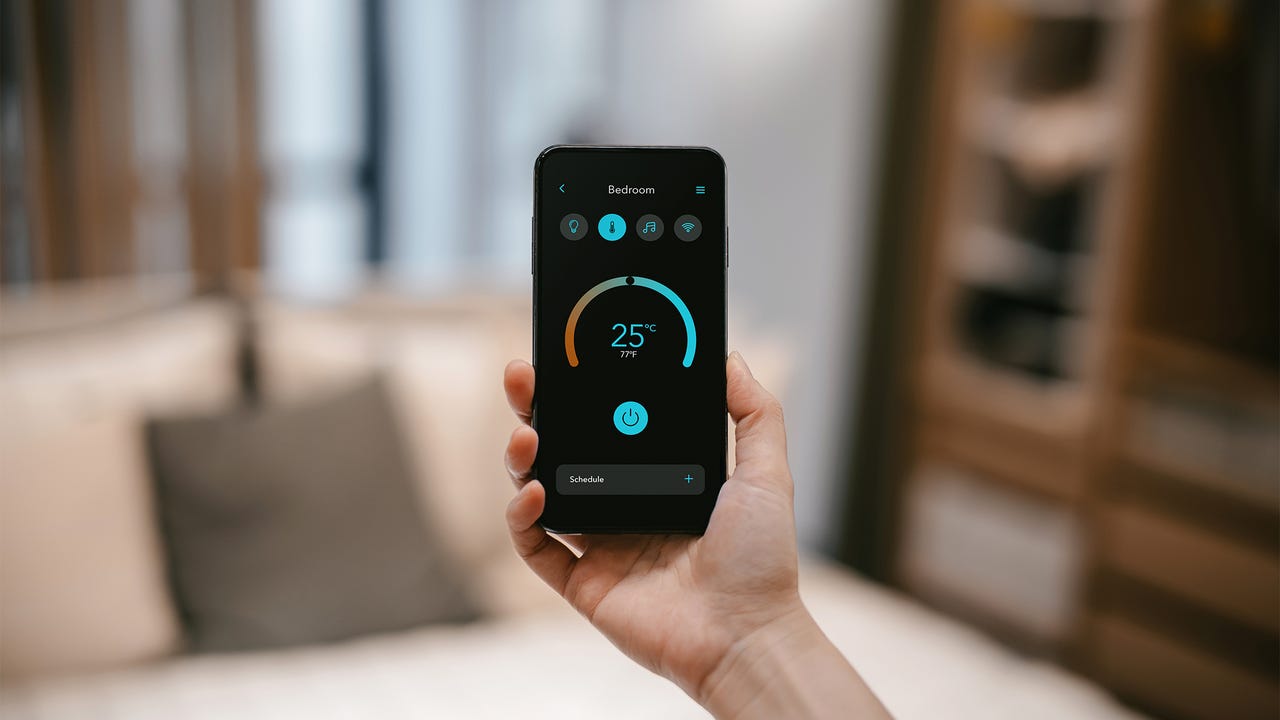































 d3sign/Getty Images
d3sign/Getty Images It may sound counterintuitive that smart home devices could save you money. People associate smart devices with high expenses and, though it is true that many popular smart devices will initially cost more than a "dumb" alternative, the money you can save in utility bills can offset that cost in a matter of months.
As of August, the price for utility gas had risen by 25% in the US compared with the year prior, according to the US Bureau of Labor Statistics. And with electricity costs being up by 14% in the same time, inflation, and the prospect of a recession, not to mention increasing grocery costs, people are feeling the pressure.
There are small changes we can all make to ensure that we're saving as much energy as possible, both for the health of the planet and for the health of our bank accounts. Implementing these changes can have an impact on your utility bills within just a few months.
Also:The future of money. These innovations will change how we shop, spend, and save
Kiss the thermostat wars goodbye for good with a smart upgrade. The startup cost for asmart thermostat can range from around$100 to$300, but the return can easily make it well worth it. Besides, you may be able to get a rebate on an upgrade to a smart thermostat.
Make your home more energy-efficient and automated by choosing one of the top smart thermostats on the market.
Read nowA smart thermostat means you'll never have to worry if you forgot to turn down your AC before you left the house and instead will be able to do it right from your phone. Or take advantage of the option to set scenes and automations to run without you having to think about them.
Did you know a change as simple as setting your thermostat 7 to 10 degrees off its usual setting for 8 hours a day can save you up to 10% a year on gas and electric?
This doesn't have to translate to discomfort either. If you work outside the home during the day, you don't really need your home to stay at 72
 Etiquetas calientes:
Hogar inteligente
Etiquetas calientes:
Hogar inteligente